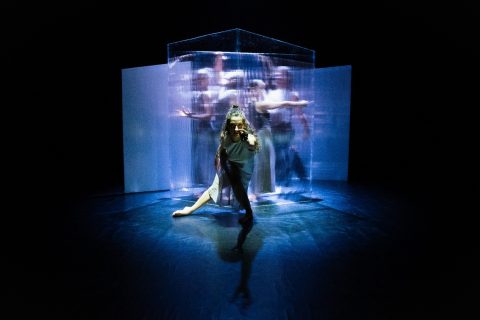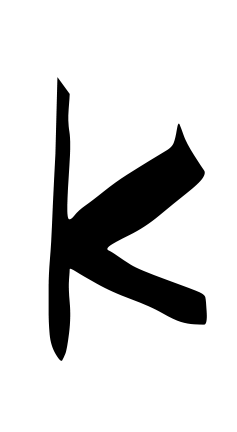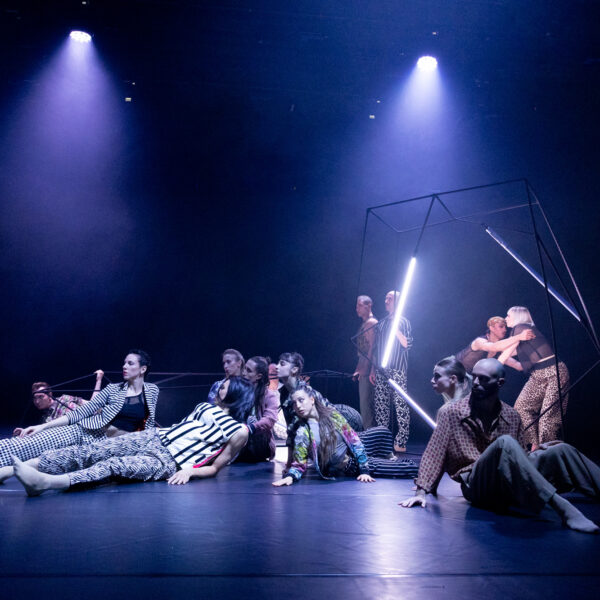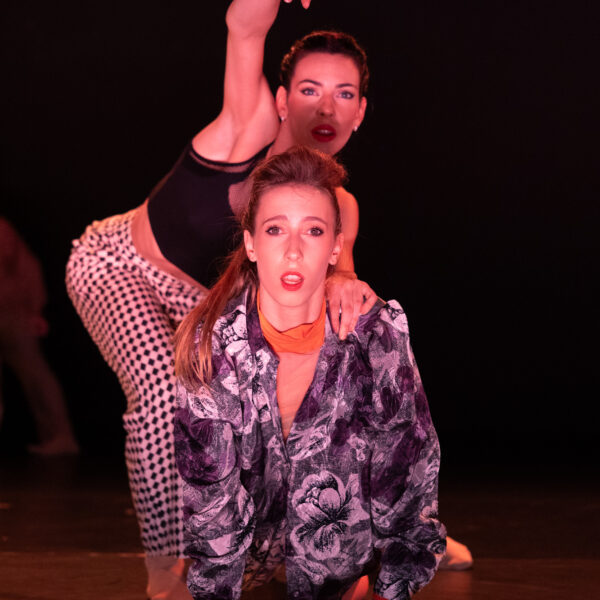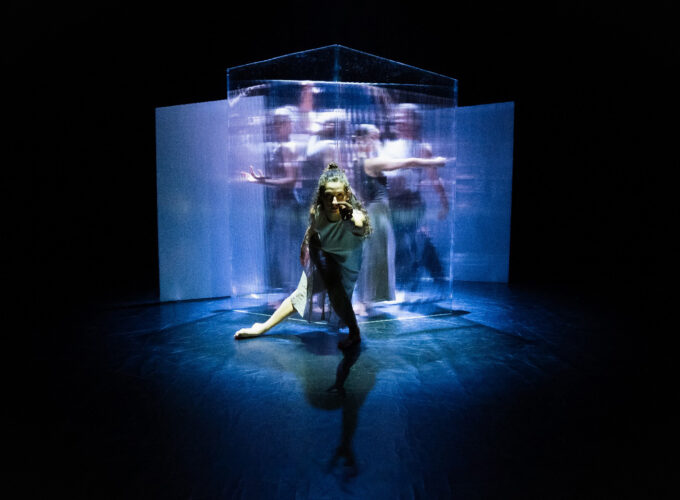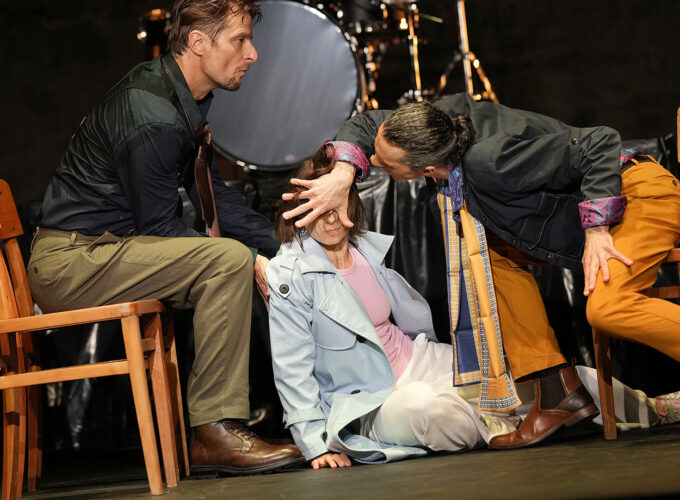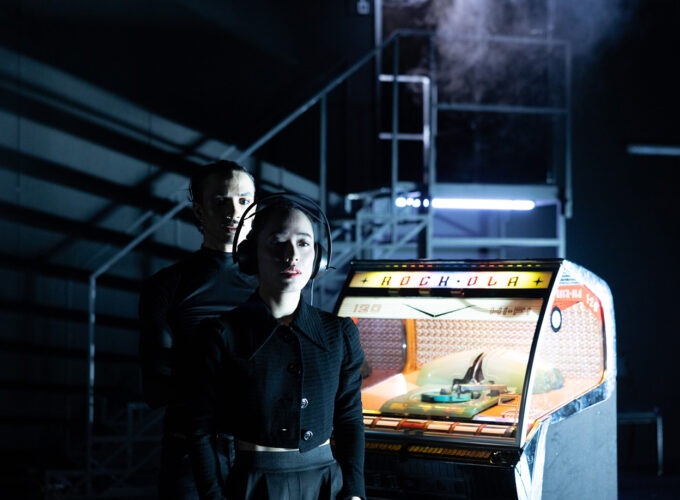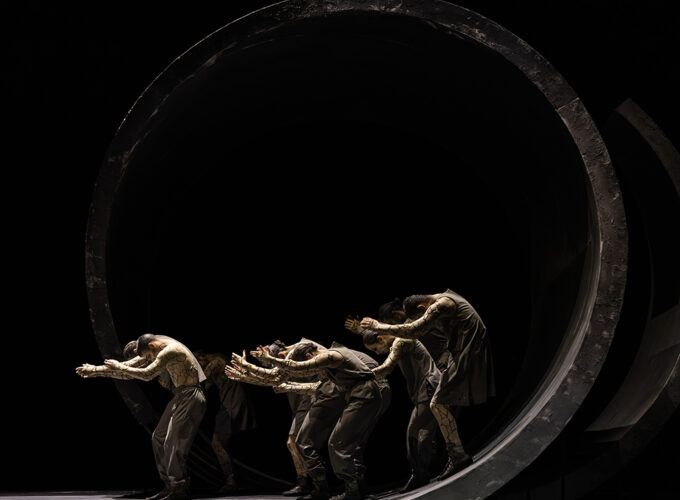Chaos Theory

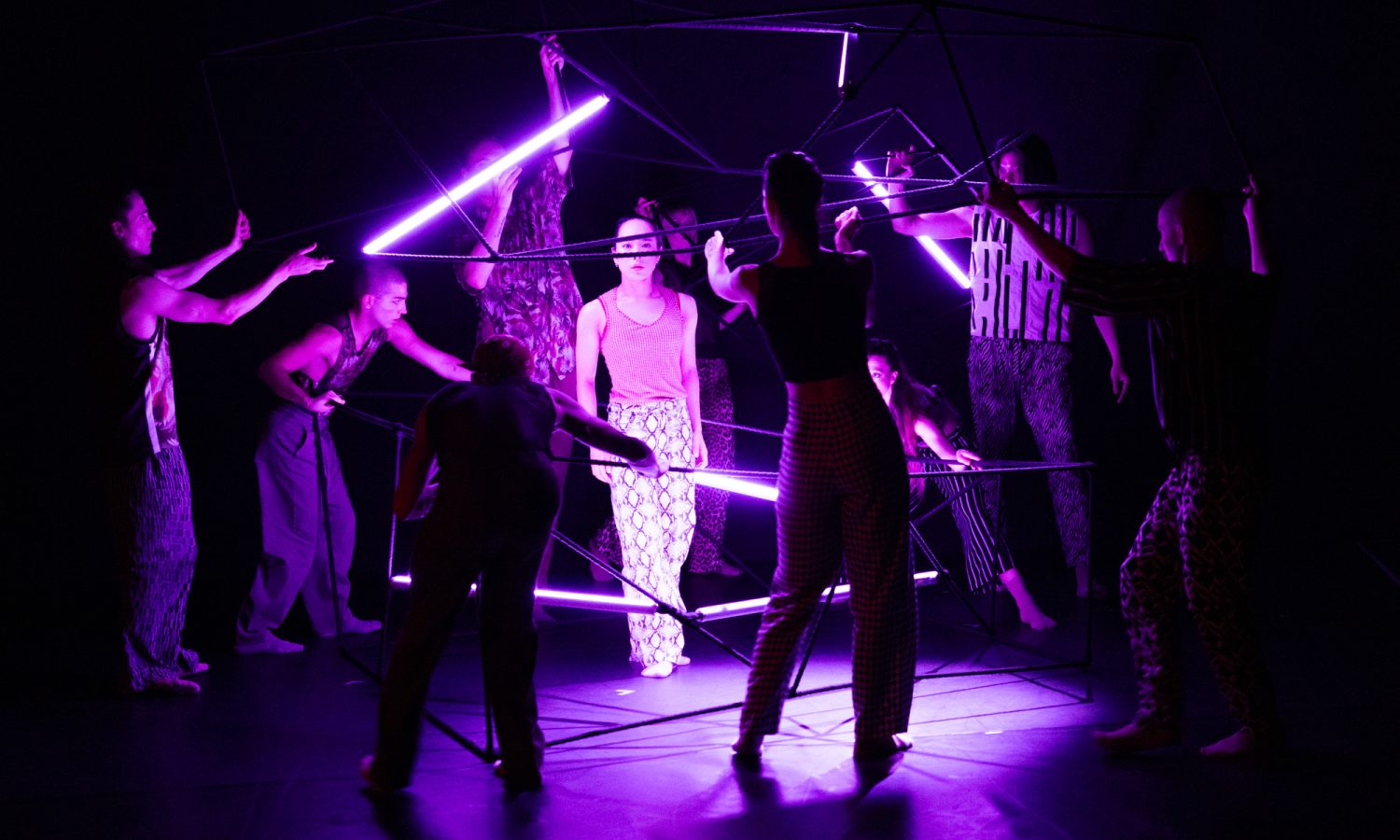
Concept
The choreography unfolds as an investigation into chaos: a living experiment where movement oscillates between repetition and rupture. Patterns take shape, dissolve, and reappear, creating a rhythm of constant transformation. At its center lies the living space — a place of safety and intimacy that is never fixed, always shifting between retreat and encounter, calm and vitality. Through this lens, Chaostheorie becomes a reflection on how life itself is choreographed: shaped by decisions, interruptions, and unexpected turns. Rather than offering answers, the piece opens a field of questions, inviting the audience to inhabit the tension between stability and flux.
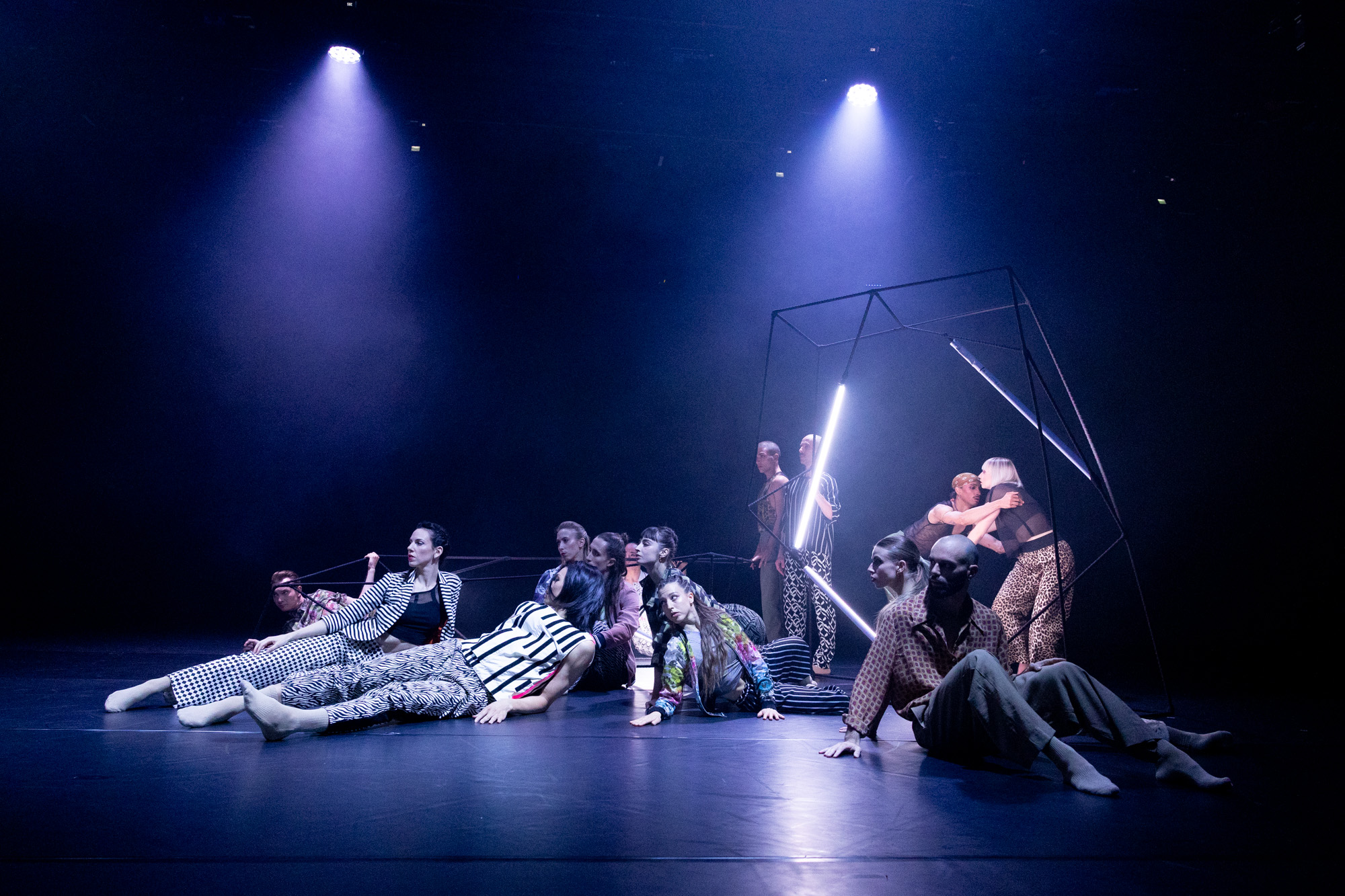
© Tom Mesic
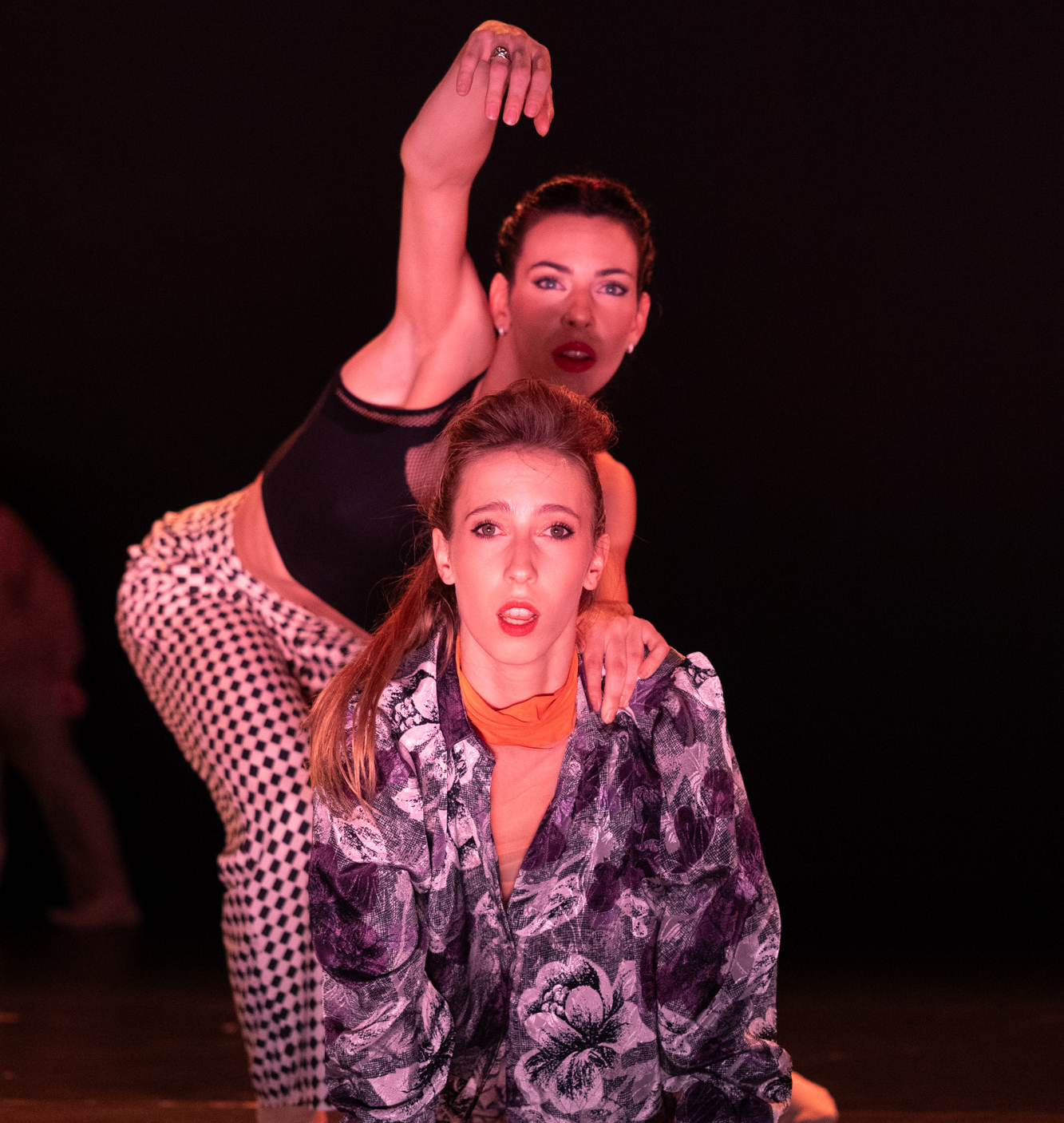
© Tom Mesic
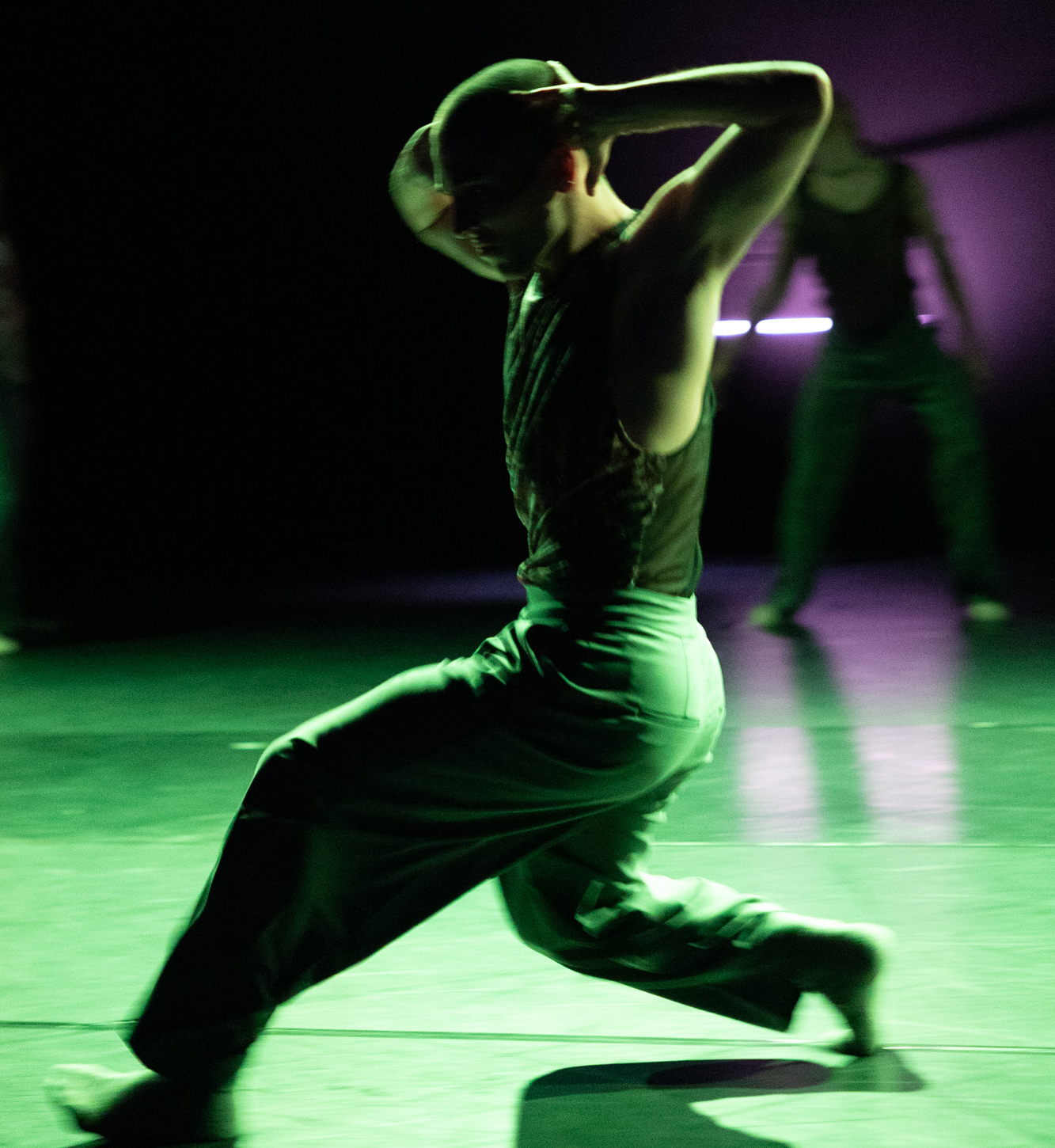
© Tom Mesic
Sound Landscape
The sound design mirrors the instability of the choreography. Layers of analogue synthesizers, field recordings, and resonant textures create a shifting sonic world that can feel both intimate and expansive. Music here is not a backdrop but a living system — echoing, breaking apart, and reforming — guiding the audience deeper into the sensation of unpredictability.
The Theory
At its core, Chaostheorie borrows from mathematics, where even the smallest variations can trigger vast consequences — the flap of a wing that sets off a storm. On stage, this principle becomes a motor for dance: each choice alters the course of the piece, each interruption leaves a trace. The choreography thus becomes a live experiment in sensitivity, showing how individual actions accumulate into collective patterns. In this way, the work reveals the hidden geometry of life itself: fragile, unstable, yet endlessly generative.
